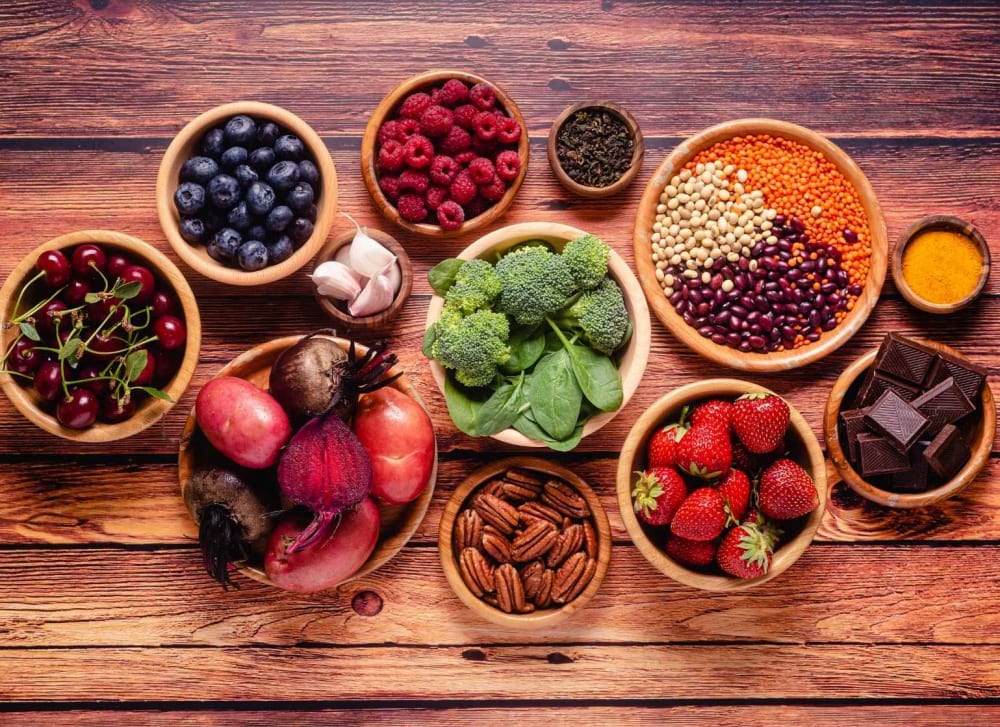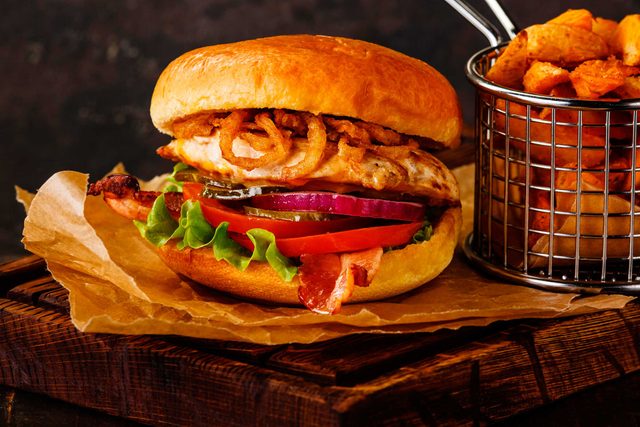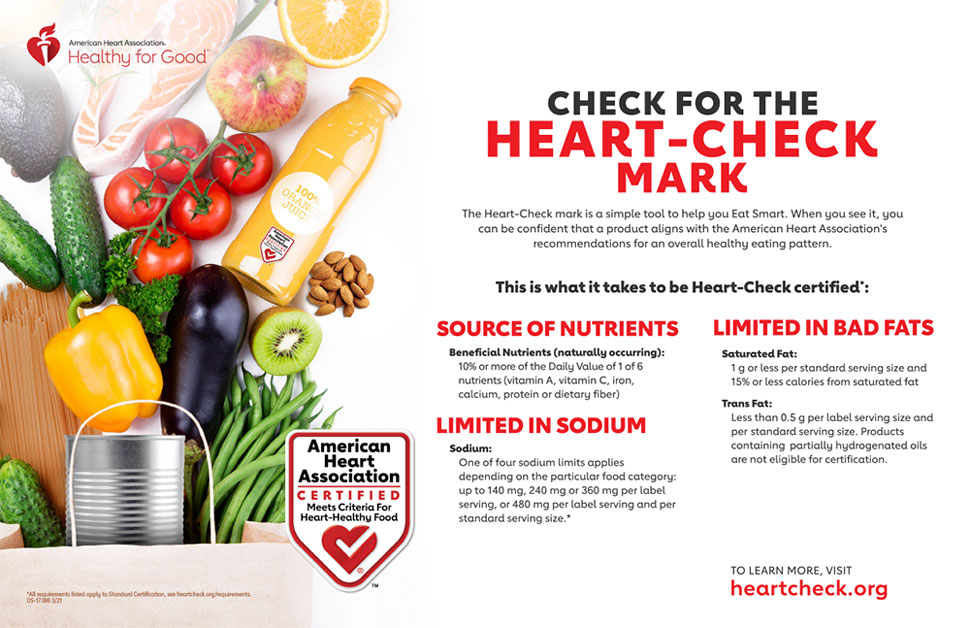
The Whole30 diet is a way to reset your metabolism and cleanse your digestive tract. You can't eat junk food, store-bought foods, or dairy products. You can still enjoy plenty of fruits and vegetables, which can be a great alternative to fast-food. The list also includes recipes for healthy snacks and meals. You can make these delicious and nutritious treats without sacrificing the flavor of the foods you love.
The Whole30 diet allows for you to eat different types of fruits, vegetables, and fats. While you don't have the right to eliminate every food, there are certain foods that you must avoid. The Whole30 website contains a list listing all allowed and forbidden foods. The Whole30 website also offers a free download of the chart. You can either print it, keep it in your wallet or save it to your smartphone.
Although you cannot eat packaged foods, you can find them in stores that sell them. These foods aren't included on the Whole30 diet, even though technically they do. Instead, it focuses on eating more natural and unprocessed foods - such as fruit, nuts, and seeds. While you're eating more vegetables than ever, you won't be able to have as much processed meat, so make sure you check the labels carefully.

You can eat 30 whole vegetables a day. Because vegetables are richer in nutrients, fiber, and other nutrients, they are more nutritious. You can't eat cowboy steaks for Whole30, but vegetables are great sources of fiber and minerals. You shouldn't make fruit a staple of your diet. Fruits are high-in natural sugar. Many people don't realize they are eating too much sugar.
Whole30 will allow you eat any vegetables you want, but you can't eat potatoes. Although you can eat fruit and vegetables with no restrictions, it is important to avoid eating too much processed cheese and red meat. These triggers are often associated with bloating. These items will need to be bought from a grocery that carries them.
Other Whole30-friendly foods include eggs and fish. You can add them to stir-fries and salads, but you will need to be very careful not to eat too much of them. It is possible to eat them in moderation provided that you choose the right food. Even though chocolate is not something you can enjoy, almond butter and carrots are. You can also use vegetable juice and almond butter in moderation.
While Whole30 may not be for everyone, it is a great way of detoxifying your body and losing weight. It can also help you eat healthier and feel better. It's important to be familiar with the basics of the program if you are new to it. If you're not sure which foods to include, you should try to eat them as often as possible.

You can also try frying bananas or plantains in coconut oil, which are both allowed on the Whole30 list of foods. Bananas and plantains can be fried in coconut oil, but you should avoid overripe bananas. Avocados are an excellent addition to the Whole30 diet. They can be used to curb your cravings. For the best results, stick to the Whole30 diet for a few more weeks.
The Whole30 diet is an excellent way to kick your bad eating habits. You can avoid sugary processed foods. You can make your body feel great by eating real, whole foods that aren't processed. You don't have to weigh yourself or count calories. Whole30 can be done without following any traditional lifestyle. You should make sure there are no side effect while on Whole30.
FAQ
Do I have to count calories?
You may be wondering "what is the best diet for you?" or "is counting calories necessary?" This depends on your health and lifestyle.
The Best Diet For Me: Which One Is Right?
The best diet for me depends on my current health status, my personal goals, my preferences, and my overall lifestyle. There are many options, both good and bad. Some are better for certain people than others. What can I do to make the right choice? How can I make the best decision?
These questions are addressed in this article. The article starts by introducing the many types of diets currently available. Then we will discuss the pros & cons of each kind of diet. Then, we will discuss which diet is the best.
To begin, let's take a quick look at the different types of diets.
Diet Types
There are three main types. Low fat, high proteins, and ketogenic. Let's look at each one briefly.
Low Fat Diets
A low fat diet is a diet that restricts the amount of fats consumed. This is done by reducing your intake of saturated oils (butter, cream cheeses, etc.). It is possible to replace these saturated fats with unsaturated ones (olive oil or avocados). For those looking to lose weight quickly, a low-fat diet is often recommended. This diet can cause constipation, heartburn, and stomach problems. It can also lead to vitamin deficiencies, if someone doesn't get enough vitamins in their food.
High Protein Diets
High protein diets restrict carbohydrates in favor of proteins. These diets often have higher levels of protein than most other diets. They are meant to help build muscle mass and burn more calories. One problem is that they might not be sufficient to provide regular nutrition. They are also very restrictive, so they might not be appropriate for everyone.
Ketogenic Diets
Ketogenic diets also go by the name keto diets. They are high fat and moderately carbohydrate and protein-rich. These are often used by bodybuilders and athletes because they allow them the ability to train harder and for longer periods of time without feeling tired. To avoid side effects such as fatigue, nausea, headaches, or other unpleasant side effects, you must strictly adhere to their instructions.
Here are 7 ways to live a healthy lifestyle.
-
Make sure you eat right
-
Exercise regularly
-
Rest well
-
Get plenty of water.
-
Get enough rest
-
Be happy
-
Smile often
How do you get enough vitamins?
Most of your daily vitamin requirements can be met by diet alone. Supplements are available if you are deficient. A multivitamin can contain all the vitamins that you need. You can also get individual vitamins from your local pharmacy.
Talk to your doctor if you have concerns about your nutritional intake. Dark green leafy vegetables like spinach, broccoli and kale, as well as turnip greens and mustard greens such as turnip and mustard greens and bok choy, are rich in vitamins K & E.
Ask your doctor for advice if you are unsure how much vitamin to take. He or she will recommend the appropriate dosage based on your medical history and current health status.
What causes weight loss as we age?
How can you find out if your weight has changed?
When there is more muscle mass than fat, weight loss can occur. This means that daily calories should be less than daily energy. A decreased level of activity is the main cause of weight loss. Other causes include illness, stress, pregnancy, hormonal imbalances, certain medications, and poor eating habits. A person who has more fat than their muscle mass will experience weight gain. It happens when people eat more calories than they use during a given day. There are many reasons for this, including overeating and increased physical activity.
The main reason why our bodies lose weight is because we consume fewer calories than we burn. The main reason we lose weight is because we exercise more often. This increases our metabolism rate and burns more calories each day. But, this does not mean that we will be thinner. It is important to know if we are losing weight or gaining muscle. If we're burning more calories than we're consuming then we're going to lose weight. If we consume more calories that we burn, we are actually storing them in fat.
As we age, we become less agile and don't move as often. We also tend have less food to eat than when our children were young. As a result, we gain weight. On the flip side, we tend to have more muscle mass so we look bigger than we really are.
There's no way to tell how much weight you've lost unless you weigh yourself every week. There are many ways to determine your weight. There are many ways to measure your weight. You can check your waist, hips, thighs, arms and legs. Some people prefer to use a bathroom scale while others prefer to measure with tape.
To track your progress, weigh yourself once a week. Measure your waistline once per month. You can also take pictures of yourself every few months to see how far you've come.
Online, you can find out your height and weight. If you're tall at 5'10", and weigh 180lbs, your weight would be 180.
Here are five ways to lead a healthy lifestyle.
Healthy lifestyles include eating right, exercise regularly, getting enough rest, managing stress, having fun, and eating healthy. Avoiding sugar and processed foods is key to eating well. Exercise helps burn calories and strengthens muscles. Sleeping well improves concentration and memory. Stress management helps reduce anxiety and depression. Fun keeps us happy and healthy.
How to measure your body fat
A Body Fat Analyzer can be used to measure body fat. These devices are used for measuring the percentage of body fat in people who want to lose weight.
Supplements and herbs can improve immunity
You can boost your immune function with herbs and natural remedies. Examples include ginger, garlic and oregano oils, echinacea, vitamin C, ginkgo loba, and echinacea.
These herbal remedies are not meant to replace medical treatment. Side effects may include nausea, diarrhea, stomach cramps (dizziness), headaches, dizziness and stomach cramps.
Statistics
- According to the Physical Activity Guidelines for Americans, we should strive for at least 150 minutes of moderate intensity activity each week (54Trusted Source Smoking, harmful use of drugs, and alcohol abuse can all seriously negatively affect your health. (healthline.com)
- In both adults and children, the intake of free sugars should be reduced to less than 10% of total energy intake. (who.int)
- According to the 2020 Dietary Guidelines for Americans, a balanced diet high in fruits and vegetables, lean protein, low-fat dairy and whole grains is needed for optimal energy. (mayoclinichealthsystem.org)
- nutrients.[17]X Research sourceWhole grains to try include: 100% whole wheat pasta and bread, brown rice, whole grain oats, farro, millet, quinoa, and barley. (wikihow.com)
External Links
How To
What does the word "vitamin" mean?
Vitamins are organic compounds found naturally in food. Vitamins are necessary for us to absorb nutrients in the foods we consume. Vitamins cannot be made by the body; they must be taken from food.
There are two types of vitamins: water soluble and fat soluble. Water soluble vitamins dissolve easily in water. Vitamin C,B1(thiamine), B2 (2riboflavin), and B3 (3niacin), as well as vitamin C,B1, B2 (riboflavin), and B3 (niacin), vitamin B6 (pyridoxine), vitamin folic acid (biotin), pantothenic, and choline are examples. Fat-soluble vitamins can be stored in the liver or in fatty tissue. These include vitamin D, E and K, as well as beta carotene.
Vitamins are classified according to their biological activity. There are eight major groups of vitamins:
-
A - vital for healthy growth.
-
C – essential for proper nerve function.
-
D - essential for healthy bones, teeth, and gums.
-
E is required for good vision and reproduction.
-
K - Essential for healthy muscles and nerves.
-
P – vital for building strong bones.
-
Q - Aids in digestion and absorption.
-
R - necessary for making red blood cells.
The recommended daily allowance (RDA) of vitamins varies depending on age, gender, and physical condition. The U.S. Food and Drug Administration (FDA) sets the RDA values.
For adults 19 years and over, the RDA of vitamin A is 400mg per day. Because it is essential for the development of the fetus, pregnant women should consume 600 micrograms per daily. Children ages 1-8 require 900 micrograms per day. For infants younger than one year, 700 micrograms are required daily. However, this number drops to 500 micrograms each day for children aged 9-12 months.
Children between the ages 1--18 years old who are overweight or obese require 800 micrograms per Day, while those who are overweight or obese need 1000 micrograms. To meet their nutritional needs, children underweight and obese require 1200 micrograms a day.
Children between 4 and 8 years old with anemia will need 2200 micrograms daily of vitamin C.
2000 micrograms per person is necessary for general health. Because of their higher nutrient needs, women who are pregnant or nursing need 3000 mg per day.
Adults over 70 years of age need 1500 micrograms per day since they lose about 10% of their muscle mass each decade.
Women who are pregnant, nursing or breastfeeding need more than the RDA. Pregnant women require 4000 micrograms daily during pregnancy, and 2500 micrograms every day after birth. Breastfeeding mothers need 5000 mg per day when breastmilk is being produced.